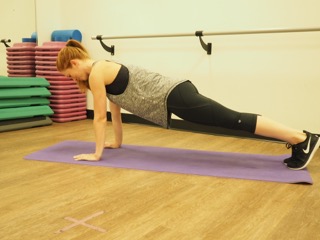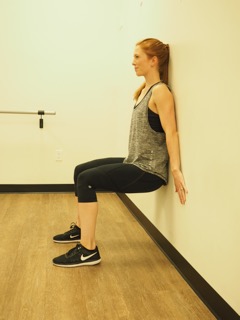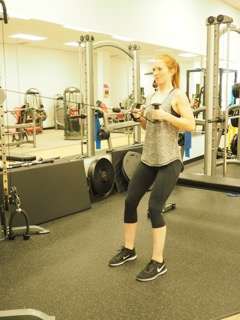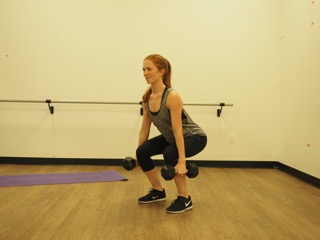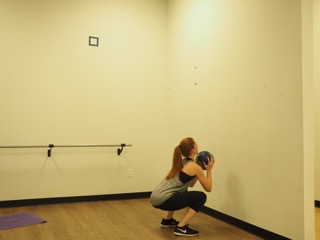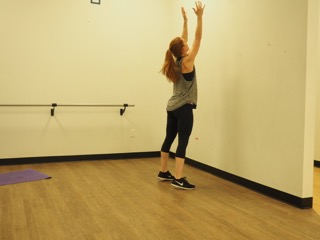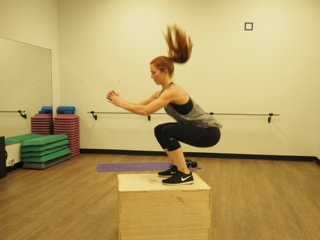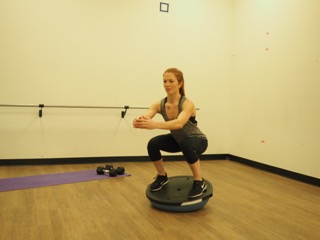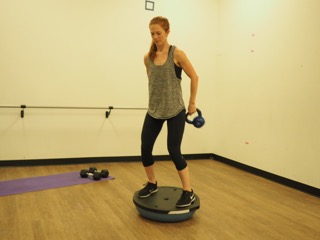Sport Specific Training to Help Your Game as an Athlete
The top athletes are not necessarily the “fittest” athletes. Sports in general are complex and athletes need more than just brute strength and physical fitness to be successful. Despite strength having an important role in athlete development, incorporating a training regime that builds on flexibility, coordination, as well as strength will provide better results.
Whether you compete on a professional level or participate in sports just for fun, anyone can benefit from a sport specific training program. The term “sport specific training” is described as exercise that is specific to one’s sport or activity, and is recognized as being able to imitate a specific skill or aspect of a sport in the weight room or gym atmosphere.
There are many obvious benefits of adopting a sport specific training program. The main benefit is that it can prevent sport related injuries by strengthening the appropriate muscle groups. The following sections will outline the components of a training program that will help both the competitive athlete, as well as the recreational enthusiast for the sport of wakeboarding.
As a passionate wakeboard athlete, below are just some of the exercises I include in my sport specific training routine in the gym. Going to the gym and being physically active by running on the treadmill and lifting free weights can all help toward improving fitness, but unless you are conducting movement’s specific to the nature of the sport, improved sport performance can be limited. There are many exercises that can be done in a gym atmosphere that can directly mimic the movements done through sport. For instance, a proper sport specific training program should include each of the following:
Warm Up: (5-10 minutes in duration)
Focus on including dynamic movements that help to increase heart rate and blood flow to the muscles. For sports such as wakeboarding and wakeskating, there are a lot of different types of these movements so it is appropriate to include them in your warm up. Here is an example of a warm up that includes sport related dynamic stretches:
-2 minute light jog
-30-seconds butt kickers – Repeat 2 times

-30-seconds high knees – Repeat 2 times
-Walking forward lunges with added core twist (See photo) - 20 lunges total
-Jump squats with 180-degree spin – 10-12 repetitions
-Arm circles and shoulder mobility – 30 seconds each direction
Resistance Training:
There are plenty of different types of resistance exercises that add demand to a muscle contraction. This can be accomplished by lifting, pulling, pushing, holding a weighted object or using body weight as resistance. Here are some examples of different ways to use resistance training to target the major muscle groups involved in watersports. Each of the given categories for resistance training offers an example for lower body and upper body training.
Static strength: Also known as isometric training, loads the muscles in one joint position and no movement actually occurs. The body remains in a constant fixed position. This form of resistance training mimics the same positioning as holding a progressive edge on a wakeboard or approaching the wake or feature.
-High plank hold
-Static wall sit
Muscular strength and endurance: The chosen weight selection should allow for 8-12 repetitions to be completed per set. For watersports athletes the focus should be on improving muscular endurance, so a lower resistance can be used to complete higher repetitions (15-25) per set.
-Resistance back row
-Weighted squats
Plyometric: Higher impact, full body explosive exercises that focus on jumping and bounding. These movements train the muscles to produce maximum force faster. These exercises also add variety and intensity to the program and can prepare the body and joints for landings on your board.
-Wall balls
-Box jumps
Balance and Stability Training:
Any watersports specific training program should have a balance component. Similar to wakeboarding and wakeskating, balance training uses unstable environments to provide a more varied and effective training stimulus, especially for core muscles.
Stability Training:
-Squats on inverted BOSU ball
-Standing on inverted BOSU ball with around the body Kettle Bell rotations
Yoga: Yoga and athletes typically go hand in hand. By only touching on some of the physical benefits of yoga, it is excellent at improving core strength, flexibility and balance to help support the power and movements needed to be successful at any sport.
With any given exercise program there should be a variety of exercises. Having an exercise regime that encompass all elements of your given sport (muscle endurance, power, balance, stability, coordination, technique, flexibility and overall strength) will help to improve your performance as an athlete at any level.
If you would like a sport specific training program, contact one of our trainers at Active Living Fitness Club!


